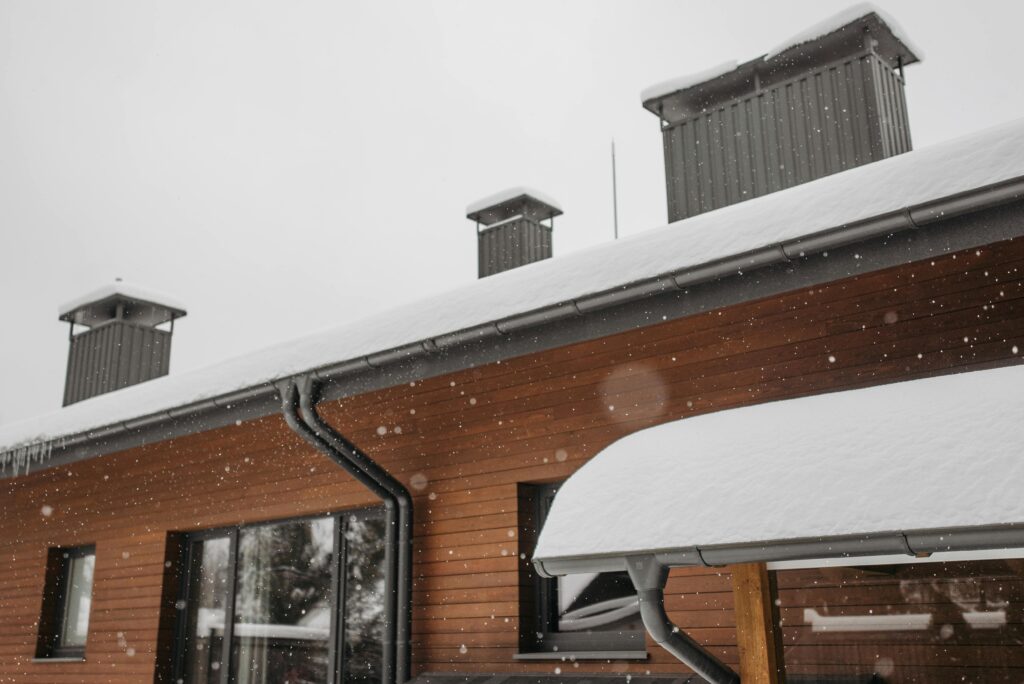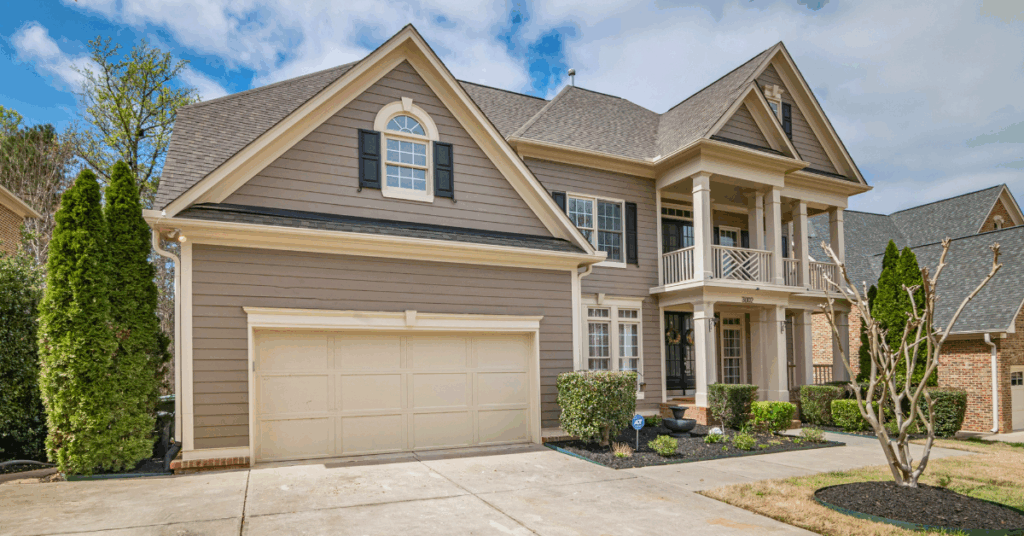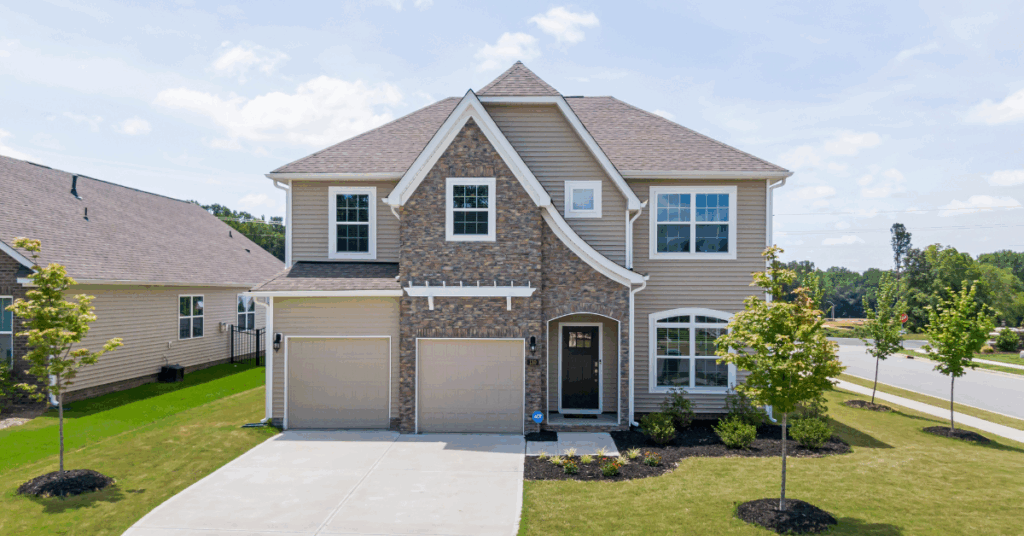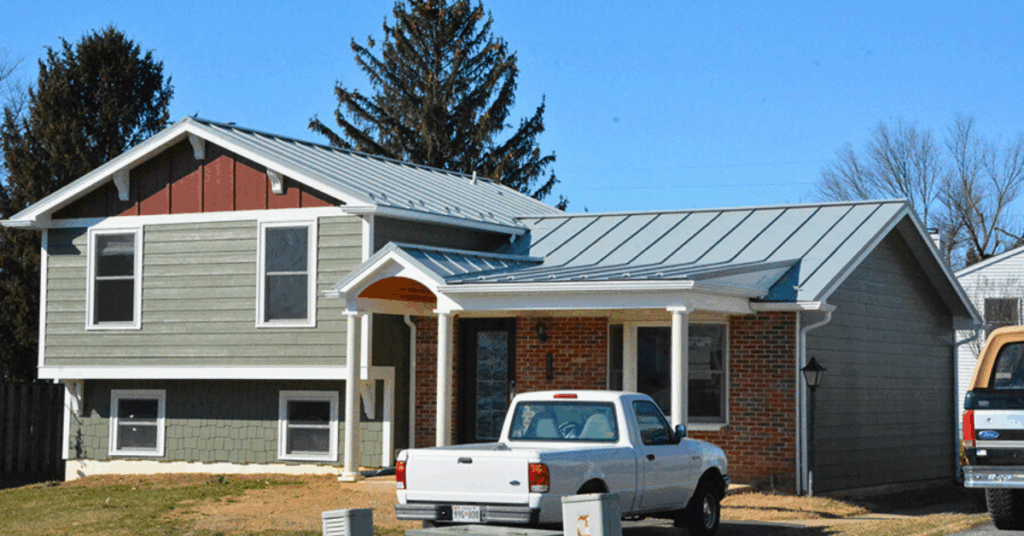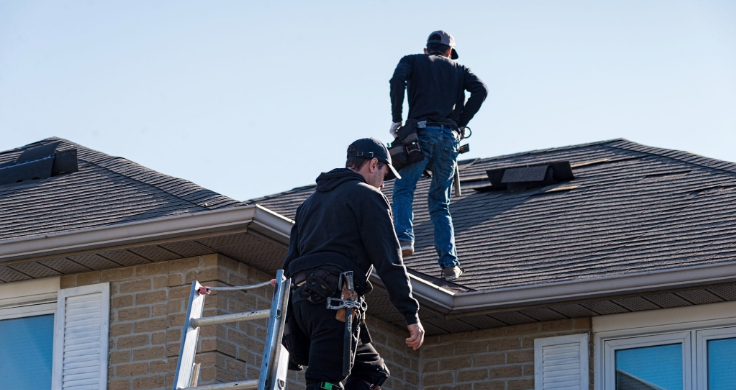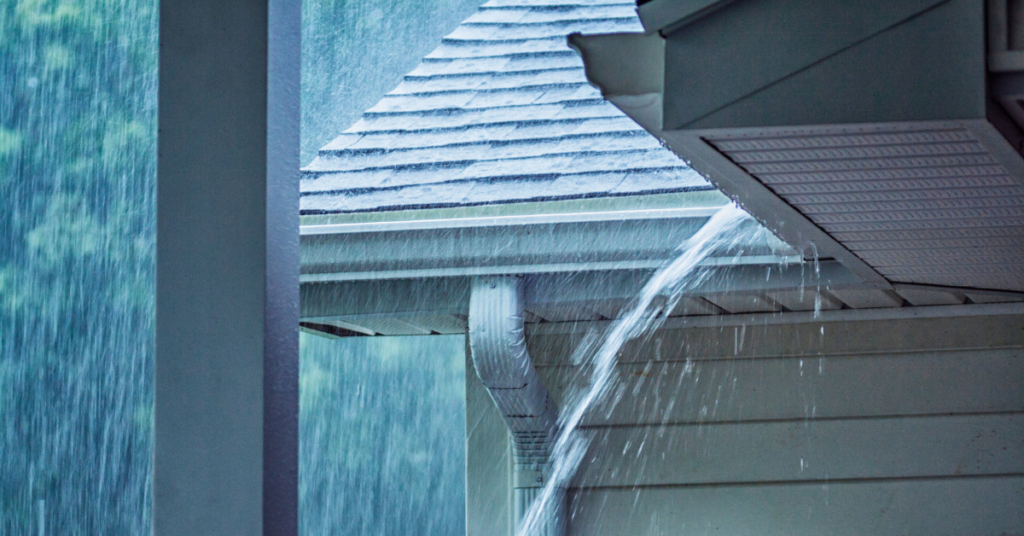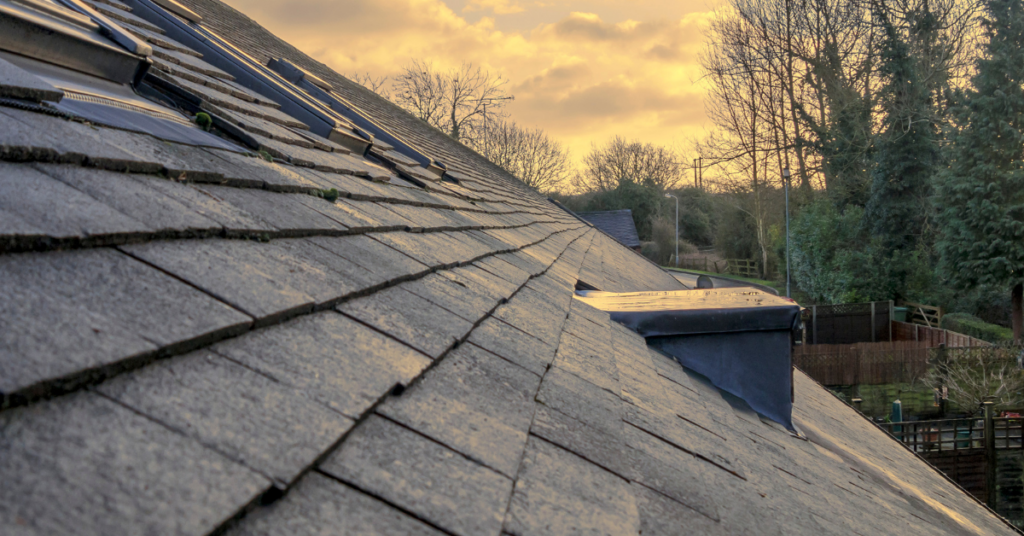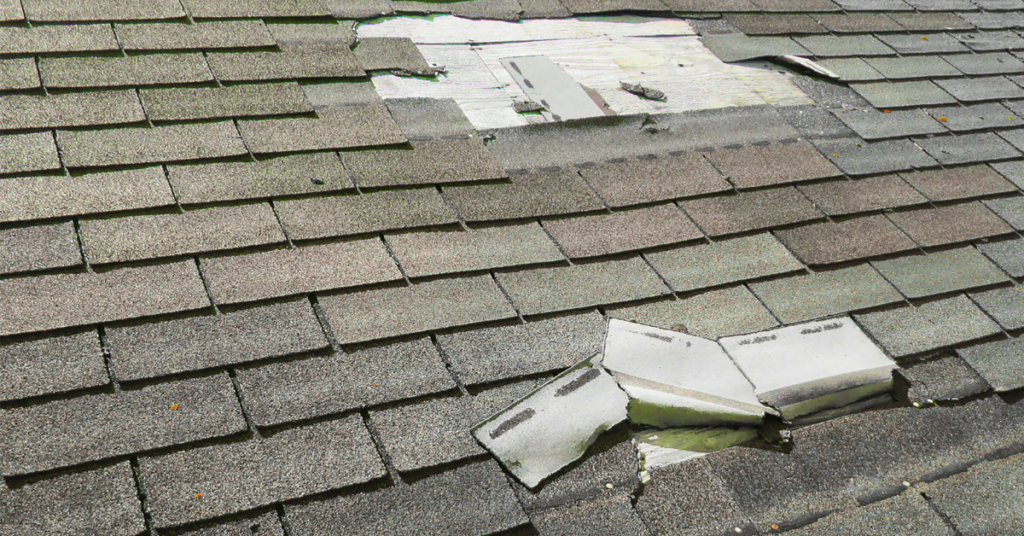December 11, 2025 in Roof Replacement
Residential Roof Replacement Myths to Leave Behind in the New Year
When it comes to roofing, not all “facts” are facts
We’re all familiar with myths: so-called facts that many take as scripture but are actually untrue or inaccurate. Despite what you may have heard, the Great Wall of China isn’t visible from space, birds won’t abandon their babies if they’ve been touched by humans, and Vikings never wore horned helmets. The list goes on, but you get the picture: Don’t blindly believe everything you hear or read. It’s always good to verify with a valid source! With that in mind, there are plenty of myths around a common home improvement project: the residential roof replacement.
In this blog, we’re setting the record straight. A full roof replacement is a big project, and there are plenty of misunderstandings floating around about the endeavor. Let’s learn all about cost, materials, and signs you should get a residential roof replacement.
Myth 1: “I Only Need to Replace My Roof When It Leaks”
What a bunch of bologna! To be clear, a leaky roof is definitely a good reason to get a residential roof replacement, but it’s far from the only one. There are plenty of signs that homeowners often overlook, and they typically present themselves long before the water starts dripping onto your head when you’re trying to sleep.
With that in mind, be on the lookout for some of these full roof replacement heralds:
- Curling, cracking, or outright missing shingles
- Excessive granule loss from your shingles (you’ll find a lot in your gutters if this is the case)
- Algae growth and dark streaks on your roof
- Sagging areas anywhere on your roof
- Rising energy bills (these could be caused by several things, but roof issues can be a big factor)
If you think everything is hunky dory right up until your ceilings start crying, think again. There are plenty of earlier warning signs, and we suggest you pay attention to them!
Myth 2: “A New Roof Is Too Expensive to Consider Unless It’s an Emergency”
Let’s say you’re driving down the road when all of the sudden, your engine starts making a loud banging noise. It’s scary, but you also notice that somehow, your car is still running… so you can just keep driving, right? Wrong. While your car may still be running for the time being, there’s obviously something that needs to be addressed, even if it’s going to cost you some money.
Apply the same thinking to your roof. We aren’t going to pretend a residential roof replacement is cheap, but it’s an investment that’s necessary to avoid even further costs and damage. If you notice some symptoms of a failing roof but decide to wait until later to pay for it, you may be in for a shock. Leaks and cave-ins can cause untold amounts of damage. If anything like that should happen, you’d be paying for extensive interior repairs and you’d likely be displaced until everything was fixed. Oh, and you’d still have to pay for a new roof.
So how much is a roof replacement? That’s a loaded question, and one we would be happy to discuss with you. We can say this, though: A roof replacement now will be much more affordable than one paired with other home repairs.
Myth 3: “All Roofing Materials Are Basically the Same”
This one couldn’t be further from the truth. Anyone who tells you something along the lines of “shingles are shingles” is not to be trusted. The truth is that roofing materials seriously vary in quality, performance, and lifespan. Don’t use the eenie-meanie method when making your selection.
Here’s how the most popular options differ:
- Asphalt shingles: These are versatile and cost-effective, making them a great choice for many households.
- Metal roofing: This energy-efficient option offers impressive longevity and holds up nicely against extreme weather conditions.
- Synthetic roofing: This option visually mimics slate or wood, and offers enhanced durability to boot.
Myth 4: “DIY Roof Replacement Is Just as Good as Hiring a Professional”
There’s no shortage of home projects that could easily be done by the homeowner. A full roof replacement is not one of them. For such an undertaking to be completed properly, the experts need to be called in. When you opt not to hire the pros, you risk:
- Falls and other injuries
- Installing parts incorrectly
- Violating residential codes and HOA guidelines
- Voiding warranties on materials
- Causing hidden damage that goes unnoticed for years
As licensed roofing contractors, we bring plenty to the table. Years of experience, safety protocols, code familiarity, and other training that comes together to give you a durable roof that will last decades.
Myth 5: “Roof Replacements Can Only Be Done in Warm Weather”
False. Many homeowners assume roof replacements need to be done in the spring or summer, and that may have been true in the past. Modern materials and techniques, however, have allowed us to replace roofs even in the winter. That said, there are some considerations to be made when getting a winter roof replacement.
- Schedule early to ensure the project takes place when it’s convenient for you.
- Choose a contractor experienced in roof installations under winter conditions.
- Make sure the contractor stores and handles materials properly in cold weather.
- With snowy and icy conditions a possibility, allow extra time for the installation, just in case.
It doesn’t need to be t-shirt weather for a roof replacement to happen. The cold never bothered us anyway.
A Residential Roof Replacement From the Experts
When should you replace your roof? How much is a roof replacement? Should I do it myself? These are all great questions to ask, but only if you verify that the answers you get are actually true. As myths have a way of spreading, double checking is always encouraged! We don’t want your roof replacement to go poorly based on misconceptions.
If you have any questions or want to schedule your residential roof replacement, PJ’s Roofing is always happy to help! Get in contact with us and let’s start a conversation.


